Self-serve alcohol will continue to be a disrupter for the bar, restaurant and brewery scene. Self-serve beer dispensing technology has attractive benefits — reduced waste, improved consumer choice and sales, less waiting for beer and lower labor costs with reduced staff. Places with self-serve alcoholic stations use radio-frequency identification (RFID) cards or bracelets that link to a credit card for payment and can be scanned at the tap. Customers can often pay by the ounce, so they don’t even have to pour a full glass of beer.
PourMyBeer is just such a self-serve tap system that allows for self-service beer, wine, cocktails, kombucha and almost any other beverage you can think of. The brand has seen success in its ability to capture the data behind what is being consumed as well.
“Every pour is captured in the PourMyBeer system,” explained Founder Josh Goodman. “Additionally, PourMyBeer is beta-testing tracking pours by demographic. When guests check-in, their ID is scanned to verify that they are the legal age, and the system can capture the exact age and sex to link to a unique identifier to track what they consume. Each pour they make is captured and stored along with every other pour.”
PourMyBeer said it can save restaurants and bars an average of $142 per keg. Here’s how they do the math:
The average cost of a keg is $150, and the avgerage markup is four to five times the cost equaling $600 to $700 in sales per keg. Most bars only sell 77 percent of every keg. This means that they are literally losing 23 percent of their inventory to waste, theft loss, etc. This is because there’s no mechanism in the process that ties pours to sales. With the PourMyBeer system, the only cards that work at the taps and the only way to pour a beer is to have a credit card tied to the RFID card. This translates to selling 98 percent of every keg vs. 77 percent. The 21 percent increase in what they sell works out to roughly $142 more dollars of sales and profit from every keg.
The company also said it’s performed a stress test comparing its system (with two employees available to supervise) to four bartenders. Over the course of three days, PourMyBeer outsold the traditional method four to one. That means they sold 400 percent more with 50 percent of the staff.
“We have breweries using our systems in their taprooms already — Cosmic Brewery [Calif.], Accomplice Brewery [Wyo.], Amherst Brewery [Mass.], Randolph Beer [NYC] and Midnight Pig [Chicago],” said Goodman. “As far as legalities, it’s viewed to be no different than a pitcher of beer or bottle of wine. We limit guests to two drinks at a time. This coincides with just about every state’s laws around consumption. There are a few states where breweries may have to get a special approval, but there should be no additional license.”
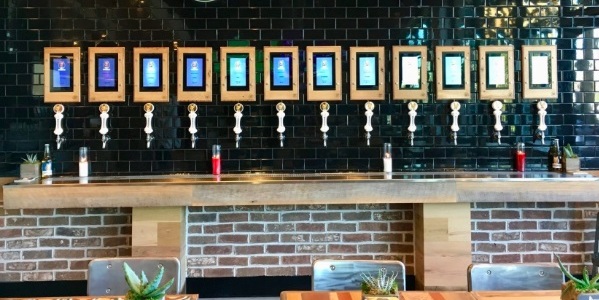 The PourMyBeer self-serve tap system is engineered with cool tablet screens that run on a proprietary operating system which is Linux based and highly stable, noted the company. You can also have four taps per screen. The system runs on A/C power instead of D/C power like some other systems do. A/C power carries through long runs of wiring and D/C doesn’t, so valves and flowmeters can be mounted as far as 50 ft away. Keeping the flowmeter inside the cooler helps with foam.
The PourMyBeer self-serve tap system is engineered with cool tablet screens that run on a proprietary operating system which is Linux based and highly stable, noted the company. You can also have four taps per screen. The system runs on A/C power instead of D/C power like some other systems do. A/C power carries through long runs of wiring and D/C doesn’t, so valves and flowmeters can be mounted as far as 50 ft away. Keeping the flowmeter inside the cooler helps with foam.
If you’re not convinced, maybe Fatty’s Taphouse in Stafford, Va., will stoke some interest. The video above claims that once Fatty’s installed the PourMyBeer wall, beer sales went from $2,000 a week to $8,000. Its also notes that it’s initial investment of $65,000 was recouped in six months. Of course, it all feels like a sales pitch (it is), but there’s no doubt that self-serve tech will continue to get more popular (just read this study).
“Self-serve is like the hospitality equivalent of the EZ Pass for automated highway tolls,” said Goodman. “It is so easy to use that it does not make sense to compete with it. People don’t enjoy waiting, and the PourMyBeer technology takes an archaic six to seven step process and reduces it to one step. We’ve evolved. You don’t have to harass the bartender to order a drink or ask them for a sample during a busy time. I’ve been at some of our locations and seen one person try five to 10 different beers in the time it takes a person at a traditional bar to order and get 1 full beer that they may or may not even enjoy.”

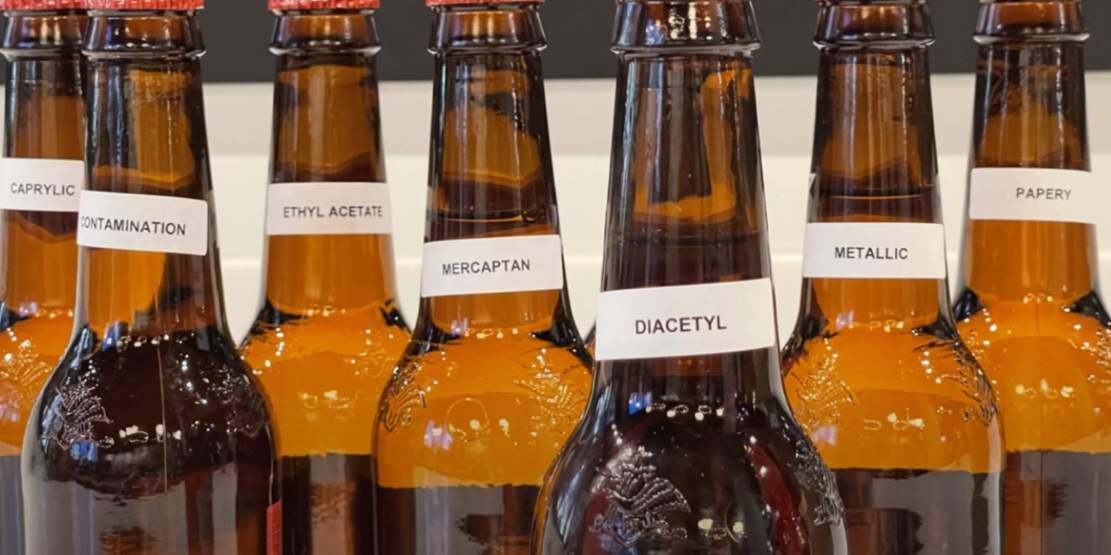
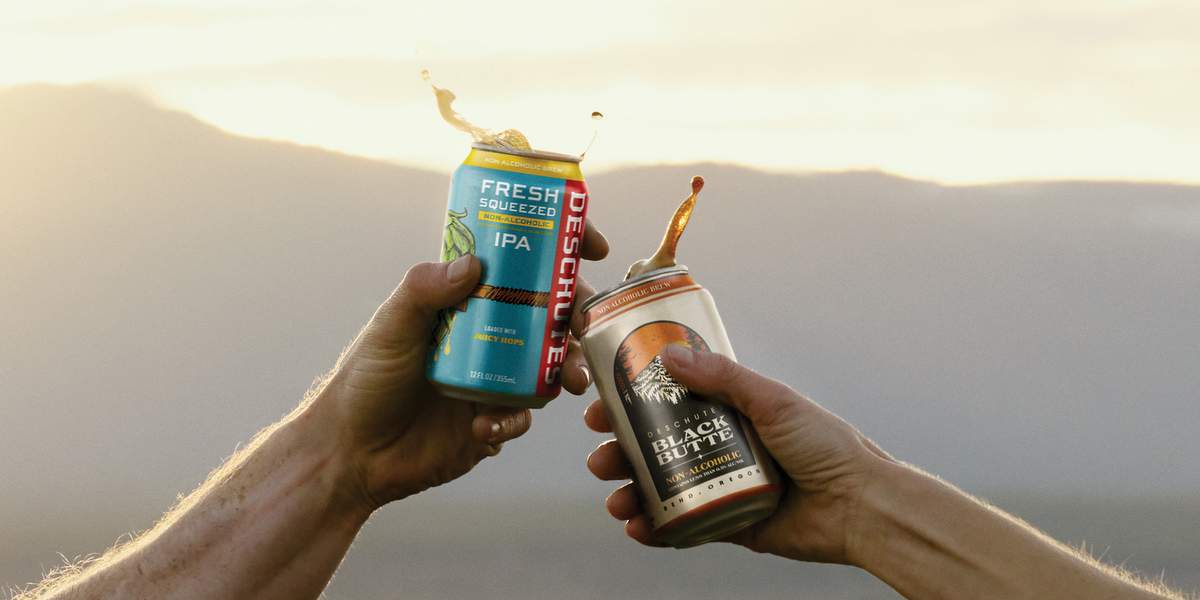
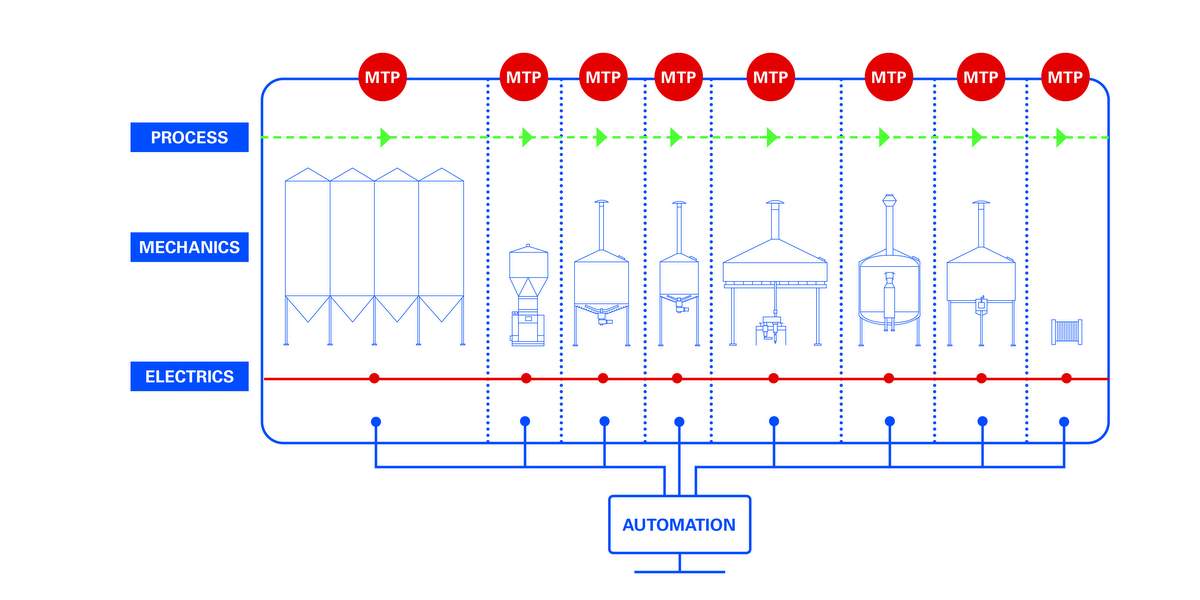
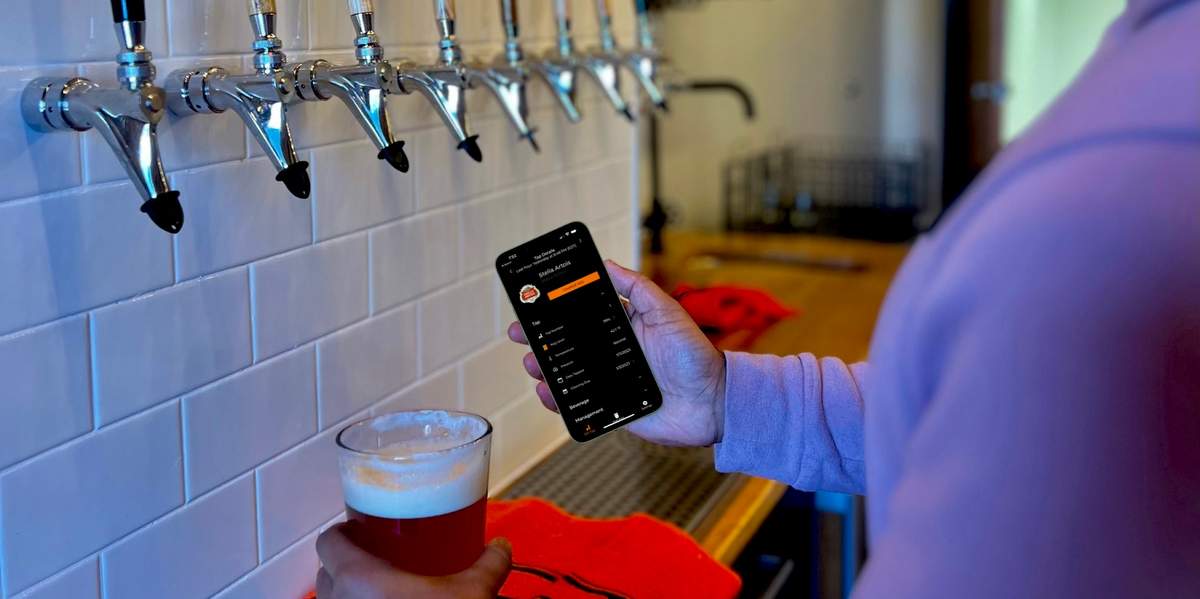
TJ Creighton says
The goal is to create jobs not eliminate them. Also the servers are there to educate the consumer.
Kevin Barnhardt says
What fun is going to the bar without a bartender to talk to??
Joel A. Ohmer says
No because people touch their germy foamy glasses to the faucet.
David Heltzel says
How much is cost and maintenance on these things? I’d imagine a lot
Andy Politano says
These by the ounce taprooms rock. No tipping, I can have as many samples as I want without committing to a full pour of something potentially awful, less waiting for servers to attend to me during busy times, some have so much selection it’s daunting, opportunity for rare choices..I can see the industry moving more towards this direction especially in college areas. Technology is taking over.
Eric Friedman says
The limits seem relatively paltry, no? The one I went to cut off after 32 oz. or so total.
Andy Politano says
The machines are regulated at the establishment level to serve the laws of the ABC laws in whatever state they reside in. In VA, I’ve not heard of a hard limit they can dispense but I also haven’t ever really asked either.. 32oz limits would suck though, agreed.
Tammy Zell says
The one I used had a cutoff of 48 oz
Jason Kennedy says
Sounds like a good way for the ABC/LCC to fine you and revoke your licence for overserving
Tyler Norris says
Every one of the places I have been that used these, had a process for that. You scan a card that is good for every x # of beers, or ounces. Basically, every 2 beers I had to go to the register and renew (observe I was still Ok).
Mike Haack says
That is what the 32/48 ounce cutoff is for. And it is not a Hard cutoff. Your card can be reactivated by staff. Especially helpful if you are buying beers with a few people.
GHM Craft Beverage Insurance says
If you are thinking of implementing a self service system be sure to check with your insurance agent. Thu